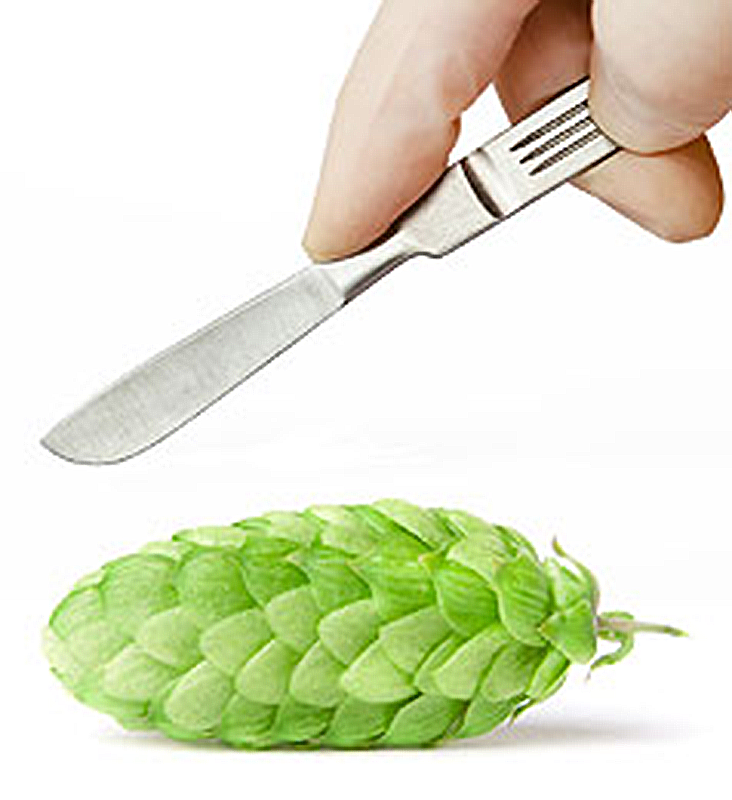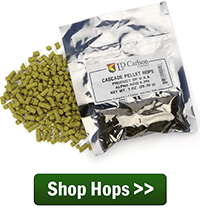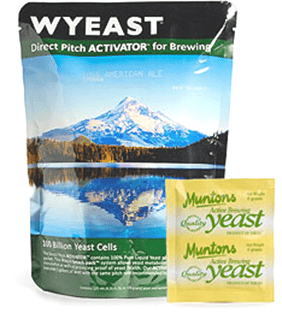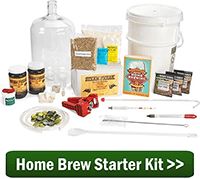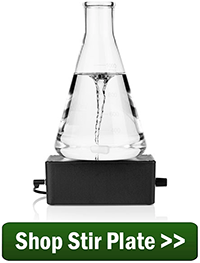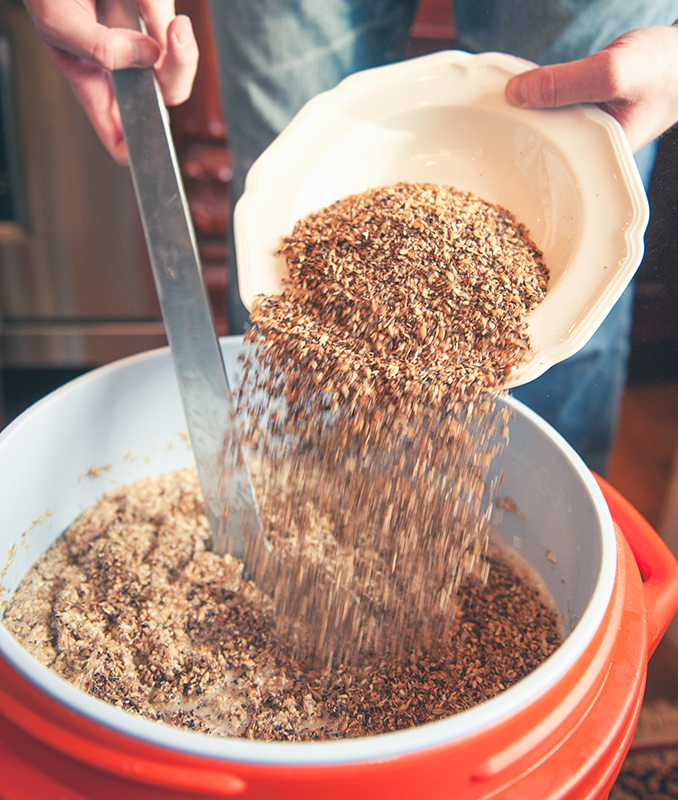 Are you looking for a more foam and body in your homebrew? Drinking a beer that has poor head or no head at all, or is thin and non-lasting can be a disappointment. As a homebrewing you want a beer with a foamy head that lasts and leaves behind some lace on the side of the glass.
Are you looking for a more foam and body in your homebrew? Drinking a beer that has poor head or no head at all, or is thin and non-lasting can be a disappointment. As a homebrewing you want a beer with a foamy head that lasts and leaves behind some lace on the side of the glass.
Fortunately, there are some things you can do, like utilizing certain specialty and adjunct grains. By using these grains you will be increasing beer head retention and body.
What are specialty grains and adjunct grains?
It’s easy to get hung up on nomenclature, but it’s really quite simple. A specialty grain is anything other than the base malt used to make beer. They can contribute flavor or color to your homebrew. They are used in smaller proportions relative to the total grain bill. Examples of specialty grains include caramel malt and black malt.
Adjunct grains are a type of specialty grain, anything other that malted barley, that are used to make beer. They typically contributed additional fermentable sugar to the beer. Examples include wheat, rye, oats, spelt, corn, and rice. Specialty grains used for increasing beer head retention and body often have higher protein content than barley, which contributes to body. Specialty grains and adjunct grains are typically added to the mash or, in the case of extract beers, steeped as a specialty grain along with some 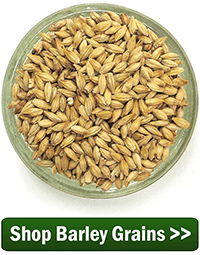 base malt.
base malt.
Without further delay, here are some of the most commonly used specialty grains used for increasing beer head retention and body.
- Caramel malt — Caramel malt is high in unfermentable dextrins, or complex sugars. When these sugars remain in the beer, they help contribute to a full mouthfeel. Adding caramel malt, taking note of the color and flavor contributed by the grain, is one way to enhance the body of your beer.
- Carapils — Like caramel malt, Carapils (Briess’s brand name dextrin malt) is high in dextrins, but unlike caramel malt, it is light in color, so it will do little to affect the color or flavor of your beer. Use up to about half a pound in a five-gallon batch for more body and increasing beer head retention.
- Wheat — Imagine a thick, chewy hefeweizen. That creamy body and the billowy head on top of the beer are thanks to the wheat. There are a few choices when choosing wheat: White malted wheat, red malted wheat, torrified wheat, unmalted wheat, and flaked. You can also use a Midnight Wheat in darker
 beers. Use about 10% wheat to add some body to a pale ale. As much as 50% or more can be used in wheat beers such as hefeweizens and berliner weisse. Malted, flaked, or torrified wheat can be added directly to the mash; raw, unmalted wheat will need to be cooked first.
beers. Use about 10% wheat to add some body to a pale ale. As much as 50% or more can be used in wheat beers such as hefeweizens and berliner weisse. Malted, flaked, or torrified wheat can be added directly to the mash; raw, unmalted wheat will need to be cooked first.
- Oats — Oats are another adjunct grain used for increasing beer head retention and body. It’s most often found in beers like saisons, wits, and oatmeal stouts. Flaked oats are pressed between hot rollers to make the sugars more accessible, but if you’re not too concerned about gravity points, straight oats from the store work well too. Use at most about 25% flaked oats in a grain bill. Most beer recipes will have 5-15% oats.
- Rye — Like oats, rye can increase body, but might contribute to an oily character. People often describe rye as spicy, but there’s some debate over whether it’s mistaken for the spicy hops that are often paired with rye. Brewers can choose from flaked or malted rye – both give similar results and work wonders in a rye pale ale.
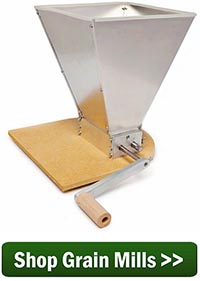
Adding specialty malts to you beer recipe is a practical and natural way for increasing beer head retention and body in your homebrewed beers. Body and head retention should always be kept in mind when creating a beer recipe, trying to brew to style, and even when trying to please your own palate.
Looking for other ways to enhance body and head retention in your homebrew? Read: How to Make a Full-Bodied Homebrew Beer.
—–
David Ackley is a beer writer, homebrewer, and self-described “craft beer crusader.” He holds a General Certificate in Brewing from the Institute of Brewing and Distilling and is founder of the Local Beer Blog.

